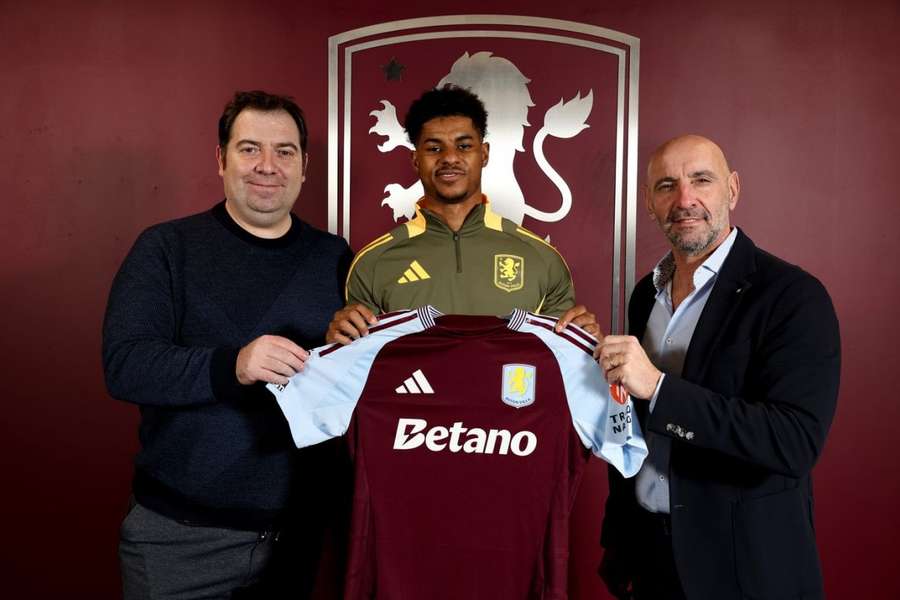TOP NEWS
TRANSFER WINDOW
MORE TRANSFER NEWSTRENDING FOOTBALL NEWS
Roma hold 'positive talks' with Atalanta manager Gian Piero Gasperini
Barcelona confirm new Lamine Yamal deal
Joan Garcia set to snub Barcelona in favour of Premier League switch
Why Arsenal should snap up Real Madrid winger Rodrygo this summer
Maddison opens up on Tottenham captain Son: He’s one of the best humans I’ve ever met
PREMIER LEAGUE
MORE EPL NEWSMANCHESTER UNITED
MORE MAN UTD NEWSMANCHESTER CITY
MORE CITY NEWSLIVERPOOL
MORE LIVERPOOL NEWSCHELSEA
MORE CHELSEA NEWSLALIGA
MORE LALIGA NEWSBARCELONA
MORE BARCA NEWSSERIE A
MORE SERIE A NEWSBUNDESLIGA
MORE BUNDESLIGA NEWSBORUSSIA DORTMUND
MORE BVB NEWSMOST RECENT
Neymar suggests the World Cup 2026 could change football entertainment forever
Newcastle sporting director Paul Mitchell makes shock summer exit announcement
Everton release statement after Liverpool parade crash: As a city we stand together
DONE DEAL: Olsen leaves Aston Villa for Malmo return
Former Man Utd star Williams apologises after 99mph car crash: I make no excuses
